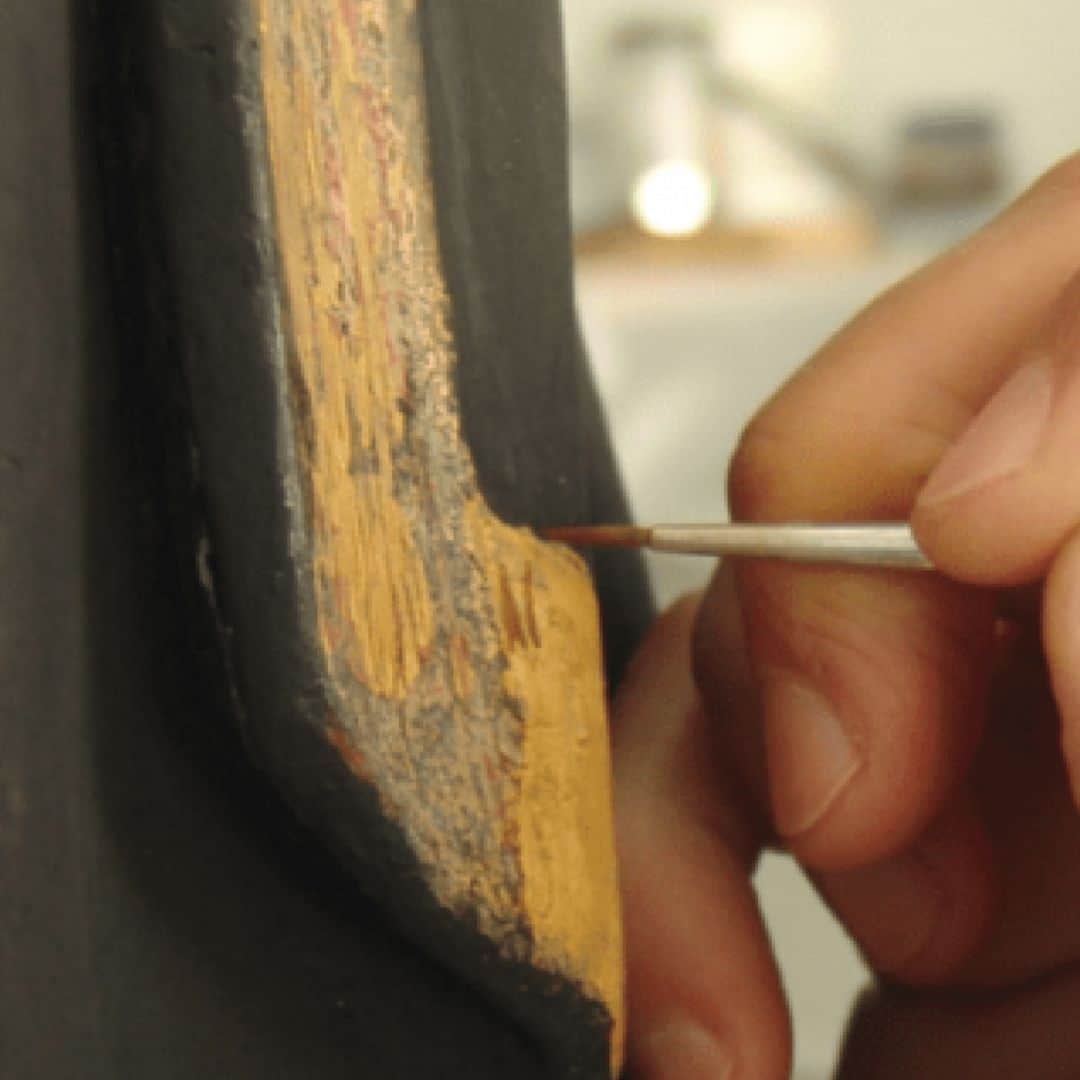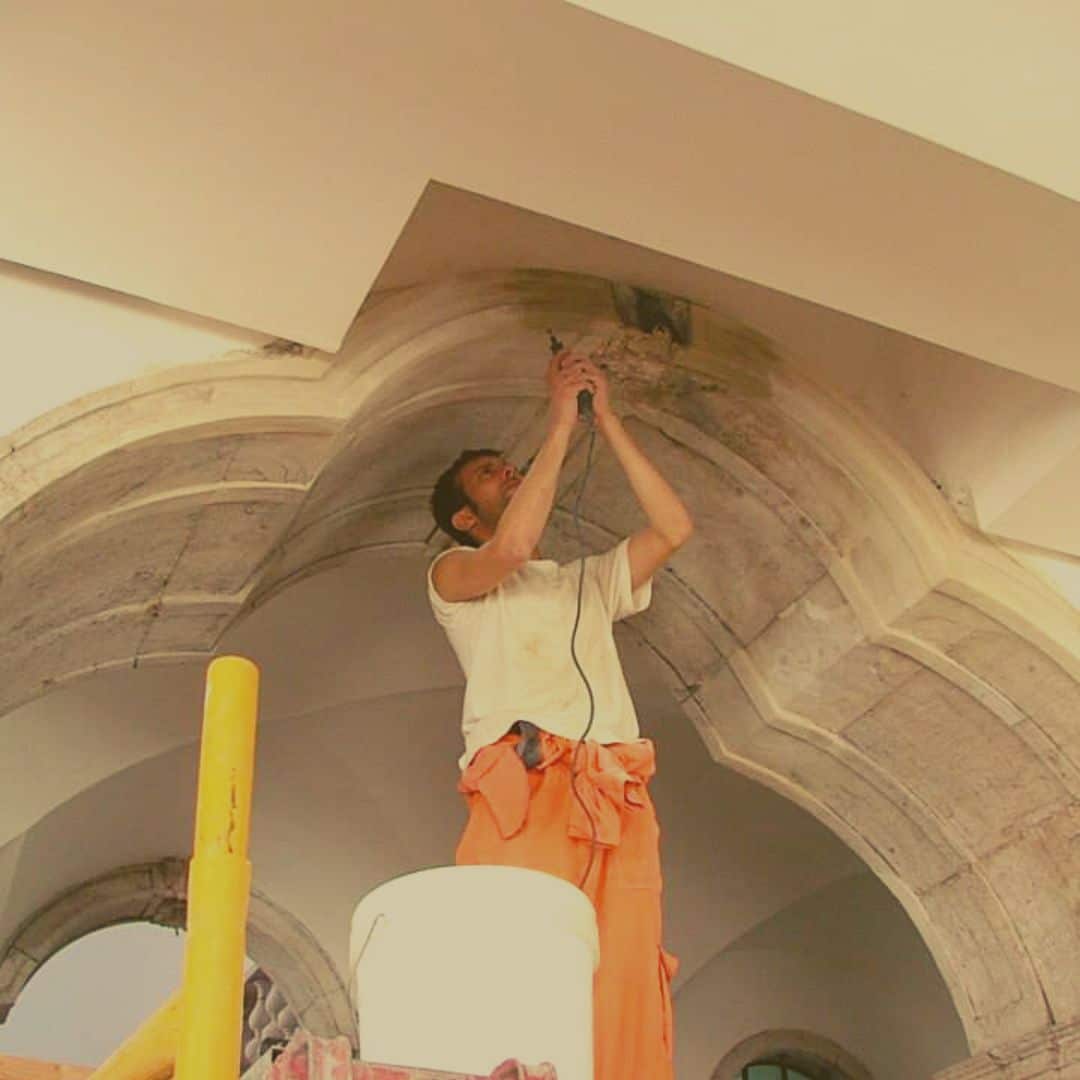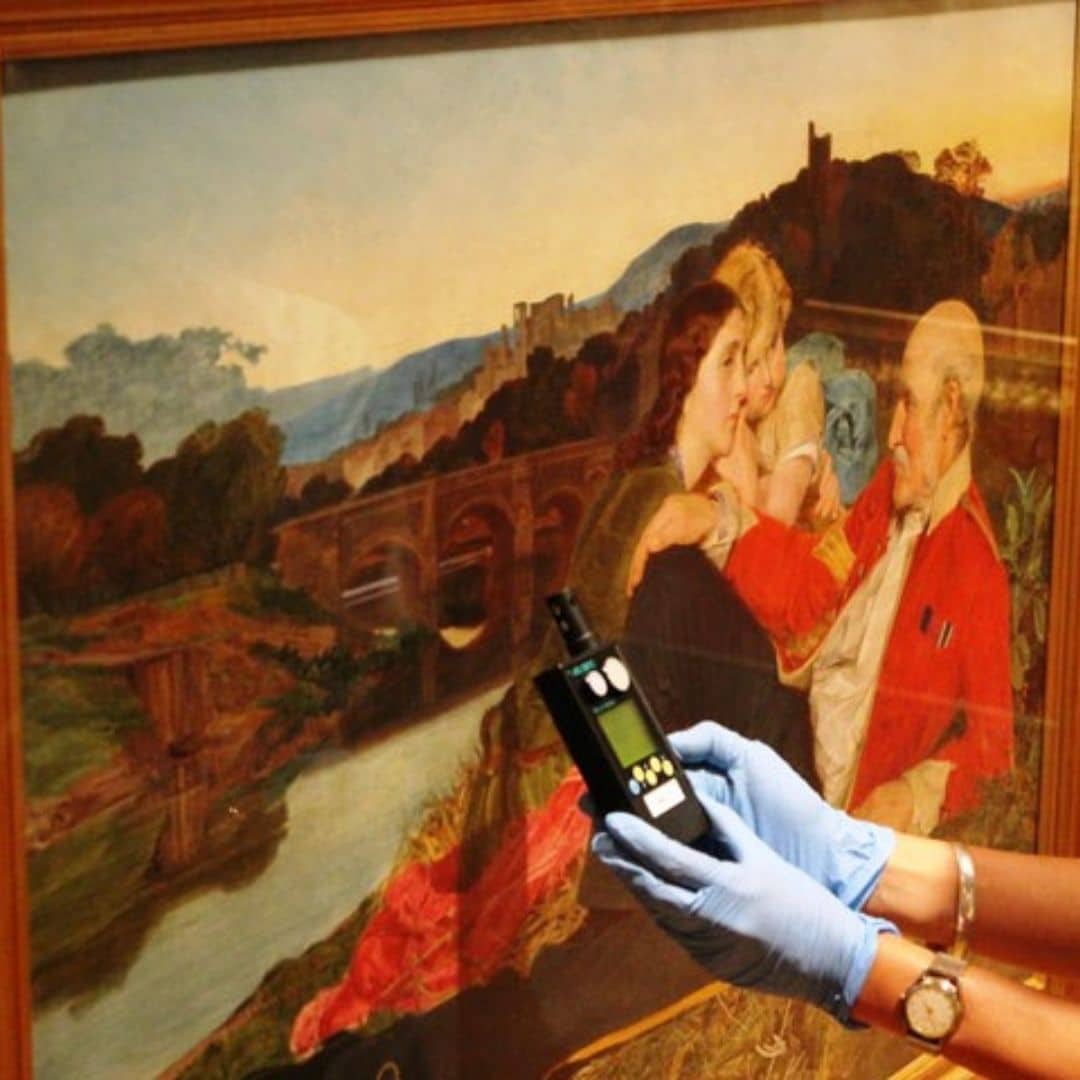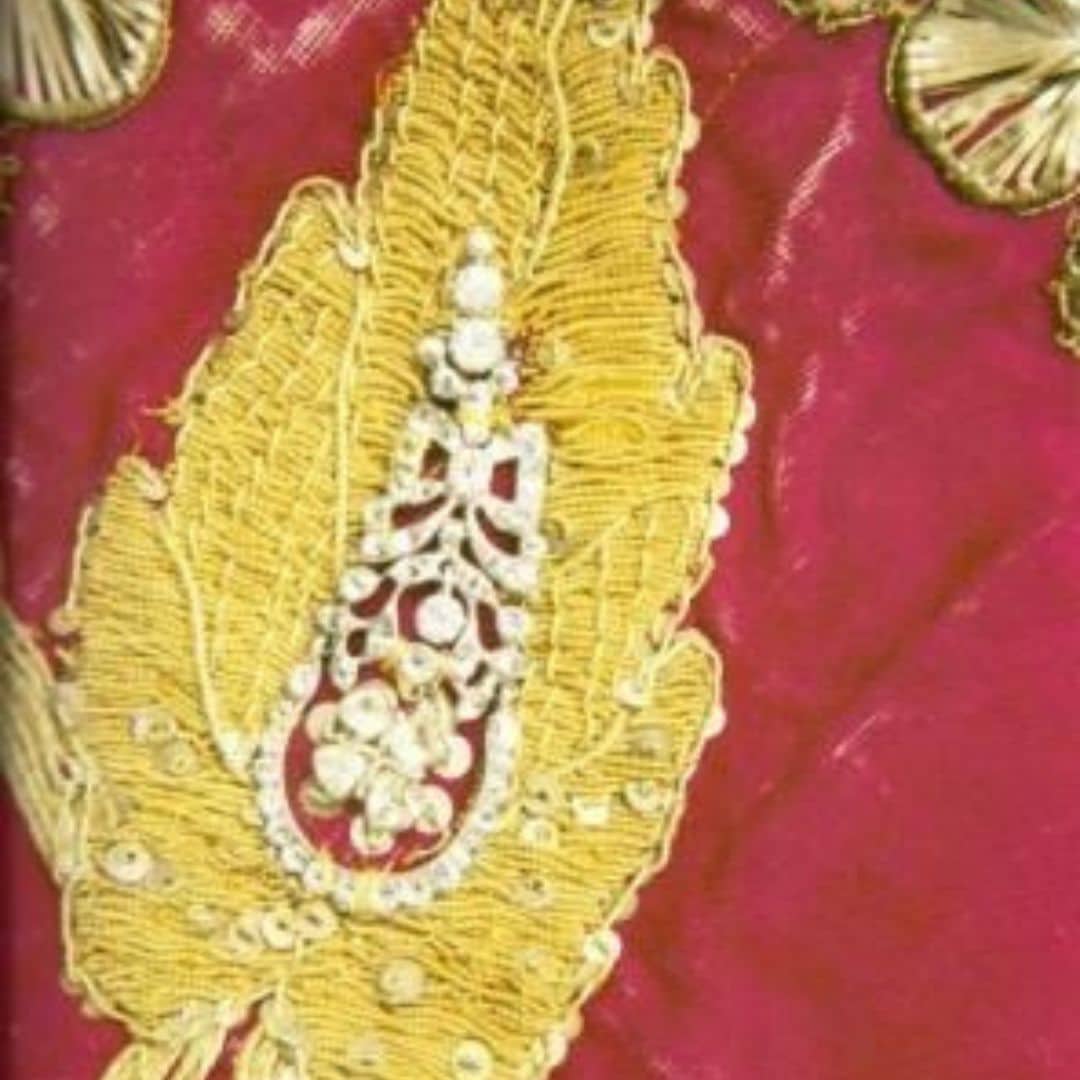Reflecting on what is restoration and conservation is extremely important for all those who work in related fields of activity: conservators, restorers, museologists, archivists, etc.
But also for all those who have in their care objects of heritage value, whether they belong to the public or private Cultural Heritage (family, for example).
This article aims to systematize the concepts of conservation and restoration and answer the question – what is restoration and conservation – based on the specifications of ICOM (International Council of Museums).
What is Restoration and Conservation
Let’s reflect on:
1 – Why conservation and restoration actions are necessary.
2 – What is restoration and conservation and what are the different levels of action.
3 – We will also indicate some useful links for the development of the theme.
What is the purpose of Conservation and Restoration
Remedial conservation

Conservation (direct or remedial conservation)
acts directly on the object, interrupting or delaying its degradation.
Examples:
Disinfestation of textiles, disinfestation of wood, desalination of ceramics, deacidification of paper.
Dehydration of wet archaeological materials, stabilization of corroded metals, consolidation of wall paintings, stabilization of canvas.
Restoration
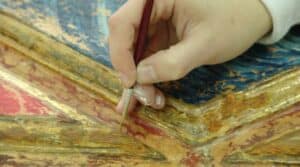
Actions on the object that aim to restore the aesthetic value by returning the object to its readability and comprehension.
These actions only take place when the object has lost some of its meaning or function through alteration or deterioration.
The restoration of cultural objects is thus the last and deepest level of intervention.
Restoration actions must be very well thought out and justified.
Examples:
The process of putting together fragments of a piece that had lost its function and reading.
Chromatic reintegration of paintings, assemblage of a sculpture with gaps, reintegration of gaps.
what is restoration and conservation | when are interventions justified?
Levels of Operation
Preventive Conservation
Action on the object
No action on the object
Objectives
Preserve the external conditions necessary for the longevity of the object
Intervention timings
Permanent – The preservation conditions must always be safeguarded
Remedial Conservation
Action on the object
Act on the object
Objectives
Interrupt or delay degradation processes
Intervention timings
When degradation factors are verified
Restoration
Action on the object
Act on the object
Objectives
Return reading and/or function to the object
Intervention timings
Only when the object has lost its readability or function
Useful Links
By clicking on the link below you can analyze the specifications related to these concepts on the website of the ICOM (International Council of Museums)
European Confederation of Conservator-Restorers’ Organisation






